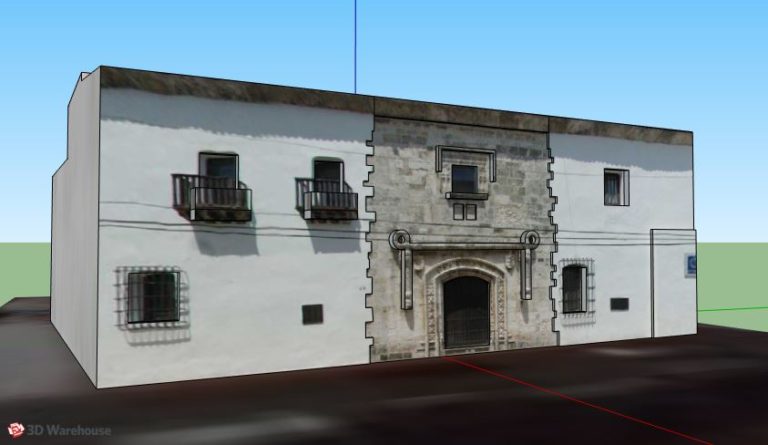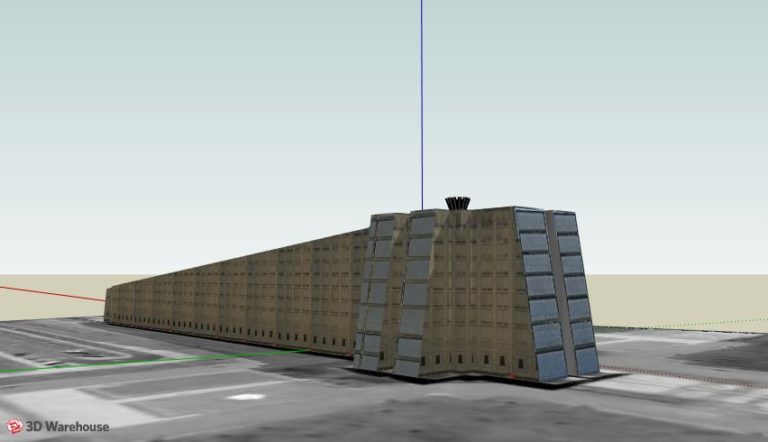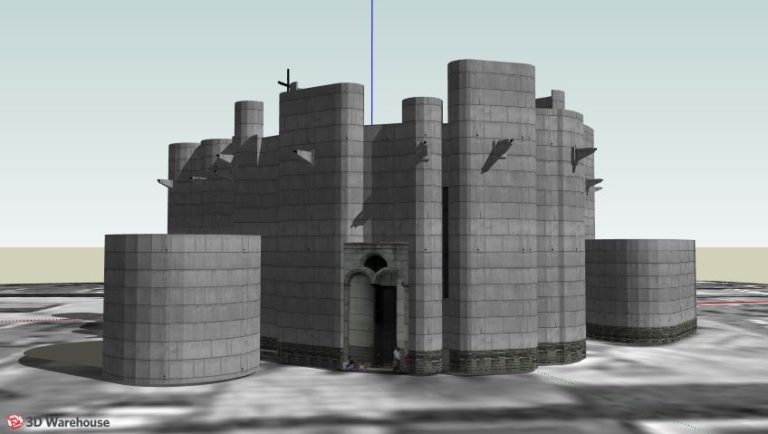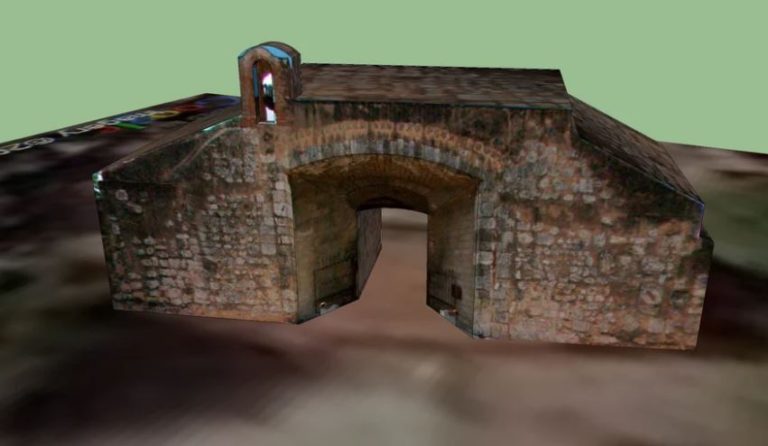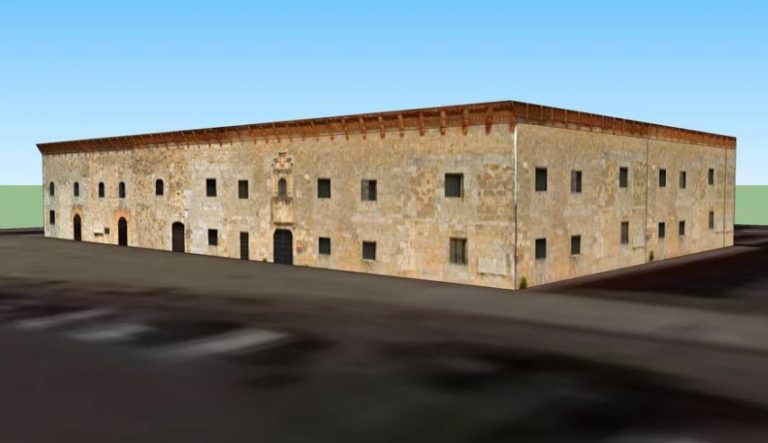The Alcazar of Diego Colón of Santo Domingo 3D Model
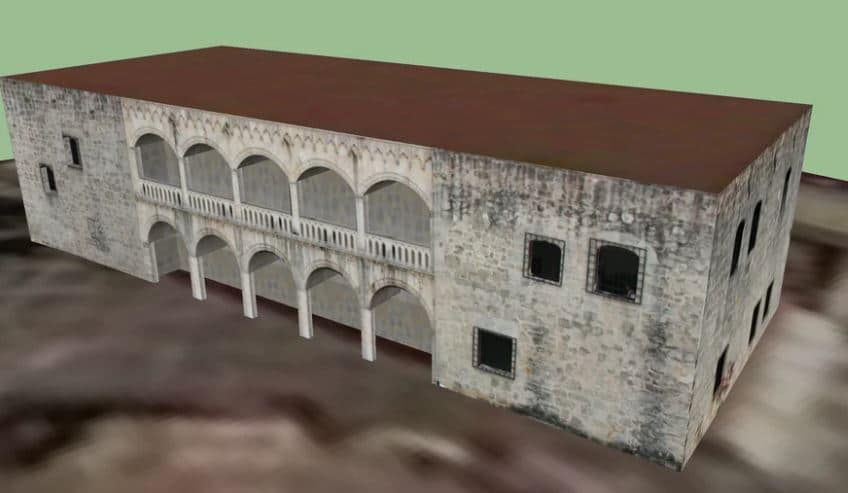
Alcazar de Colon of Santo Domingo
Built on a strategic point of the city, the Alcazar de Diego Colón, also known as the “Palacio Virreinal de Don Diego Colón”, remains intact. It is a great building of Gothic-Mudejar style with characteristics of Renaissance and Elizabethan styles, worthy of the nobility and great authorities of the island in colonial times.
Alcazar de Diego Colón It’s a building of two rectangular levels joined by a central corridor and two galleries. In its origins it was a great palace of 55 rooms of which only 22 are conserved.
This palace of coral rocks was granted by King Ferdinand the Catholic to Don Diego Columbus, the firstborn son of Christopher Columbus and the fourth governor of the Indies, and served as the family home and mansion of the governor.
Its construction began in 1510-1511. Diego Columbus had to wait until 1514 to see the completion of what would be the first fortified palace in the Americas.
During the Spanish colonial period, the mansion occupied a very important place in history. It was from here that many of the expeditions of conquest and exploration in the New World were planned.
The palace was abandoned in 1577, and then looted by the English corsair Sir Francis Drake in 1586.
By the middle of the 18th century, this building was in a very serious state. It was planned to take advantage of the structure to make a public jail.
During the Haitian occupation, its stones were used to build the Borgellá Palace.
It was in 1870 when it was declared a National Monument, but it was not until 1955 that restoration work began, directed by Spanish architect Javier Barroso. It was set with furniture, works of art and other accessories brought from Spanish palaces of the same period.
Currently the Alcazar de Diego Colón is the most visited museum in the Dominican Republic. It faithfully recreates how the Columbus family lived in colonial times, and has a collection of artwork from the late Middle Ages and the Renaissance.
A self-guided tour using a portable audio speaker that analyzes the function of each room is available in several languages.

